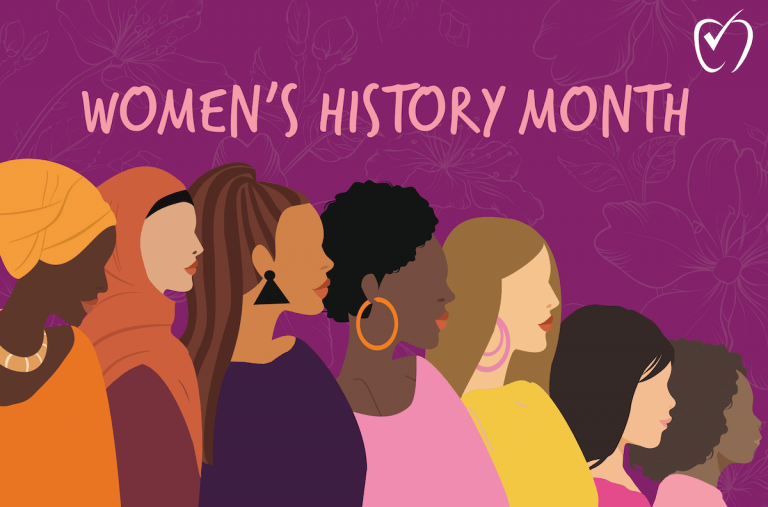Julia Pecora ’25
Staff Writer
Every March, the United States celebrates Women’s History Month to recognize and honor the contributions of women throughout history. This annual observance began as a week-long celebration in the United States in 1982 and was later expanded to a month-long observance in 1987. In this article, we will take a closer look at the history of Women’s History Month, its significance, and some fun facts related to this important celebration.
The origin of Women’s History Month dates back to 1978 when a group of women’s historians, educators, and activists in Santa Rosa, California, began a week-long celebration of women’s contributions to history. They chose the week of March 8th to coincide with International Women’s Day. The idea of a Women’s History Week quickly gained popularity, and other communities across the United States began to celebrate women’s achievements with their own events and activities.
In 1980, President Jimmy Carter issued the first presidential proclamation declaring the week of March 8th as National Women’s History Week. The proclamation stated, “From the first settlers who came to our shores, from the first American Indian families who befriended them, men and women have worked together to build this nation. Too often the women were unsung and sometimes their contributions went unnoticed. But the achievements, leadership, courage, strength, and love of the women who built America was as vital as that of the men whose names we know so well.”
The idea of Women’s History Week continued to gain momentum, and in 1987, the National Women’s History Project successfully lobbied Congress to declare the entire month of March as Women’s History Month. Since then, every March, the U.S. president has issued a proclamation recognizing Women’s History Month and calling on Americans to celebrate the contributions of women to American history, culture, and society.
The theme for Women’s History Month changes every year, but its overarching goal is to recognize and celebrate the diverse achievements of women. Some of the most prominent themes of Women’s History Month in recent years include “Valiant Women of the Vote,” which recognized the 100th anniversary of the 19th Amendment; and “Nevertheless She Persisted: Honoring Women Who Fight All Forms of Discrimination Against Women,” which highlighted the contributions of women who have fought for gender equality.
Women’s History Month is celebrated in a variety of ways across the United States. Many museums and cultural institutions offer special exhibits and events that focus on women’s history and achievements. Schools often incorporate lessons about women’s history into their curriculum, and many businesses and organizations hold events to honor women in their communities.
Women’s History Month is celebrated with various traditions, one of which is the association of the color purple with the month. This is because the color symbolizes justice and dignity, which are at the heart of the celebration.
The National Women’s History Museum, located in Washington, D.C., is dedicated to the preservation and display of women’s history, and it is currently under development. Throughout history, women have broken barriers and achieved notable milestones. For instance, Susanna Madora Salter was the first female mayor in the United States, having been elected in Argonia, Kansas, in 1887. Harriet Quimby became the first woman to receive a pilot’s license in the United States in 1911. Interestingly, it wasn’t until 1977 that women were officially recognized as veterans by the U.S. government. In 1931, Jane Addams became the first woman to receive the Nobel Peace Prize. Sarah E. Goode, who invented a folding bed in 1885, became the first African American woman to hold a patent. These fun facts remind us of the significant contributions that women have made throughout history.
In conclusion, Women’s History Month is an important celebration that recognizes the contributions of women to American history, culture, and society. It began as a week-long celebration in 1982 and was later expanded to a month-long observation in 1987. Through Women’s History Month, we can learn about the often overlooked contributions of women to our society and acknowledge the struggles and accomplishments of those who have fought for gender equality. It is an opportunity to celebrate the remarkable achievements of women throughout history, to inspire future generations of women, and to work towards a more equitable and inclusive world. As we begin another Women’s History Month, let us remember the incredible women who have come before us and honor their legacy by continuing to fight for a better, more just society for all.











+ There are no comments
Add yours